CRISPR
Latest

Gene editing technique could treat ALS and Huntington's disease
The most common gene editing technique, CRISPR-Cas9, only modifies DNA. That's helpful in most cases, but it means that you can't use it to tackle RNA-based diseases. Thankfully, that might not be a problem for much longer. After plenty of talk about editing RNA, researchers have developed a new RNA-oriented technique (RCas9) that can correct the molecular errors which lead to diseases like hereditary ALS and Huntington's.

Researchers are trying to make pig organs more viable for transplant
We have a huge supply and demand problem when it comes to organ transplantation. Closing that gap with animal-grown organs is an idea that's been on the table for some time, but it comes with a slew of issues that have prevented it from being a viable option. Pig organs are the right size for human transplants and are similar enough to our own, but pigs have viruses embedded in their DNA that could potentially infect humans and cause serious harm. However, a new study out today in Science shows that with the gene editing tool CRISPR, those viruses can be removed, bringing pig organs one step closer to human bodies.
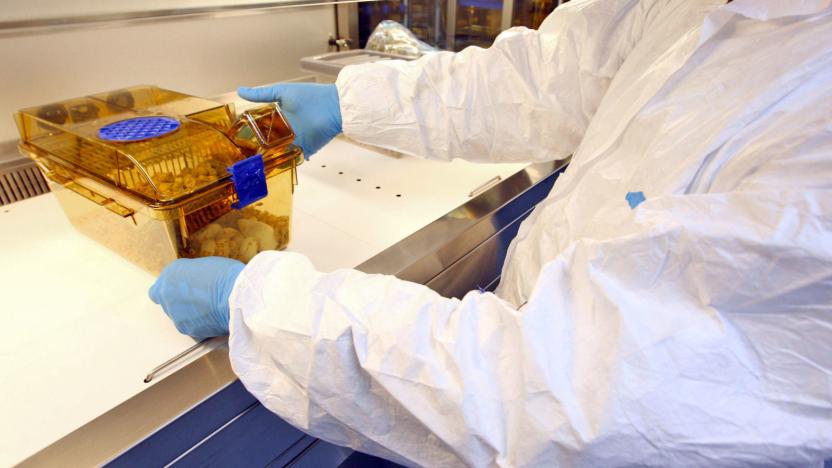
Artificial skin transplants could be used to treat diabetes
Skin grafts made using CRISPR gene editing are preventing mice from developing diabetes, and scientists claim they could prove beneficial for humans too. In a proof-of-concept study, researchers at the University of Chicago edited stem cells from newborn mice to controllably release glucagon-like peptide 1 (GLP-1). This is the hormone that stimulates the pancreas to produce insulin while maintaining healthy levels of blood glucose. The genetically modified skin grafts were then given to mice that were fed high-fat diets to induce obesity. These mice saw a reverse in insulin resistance and gained around half as much weight as those not given the grafts.
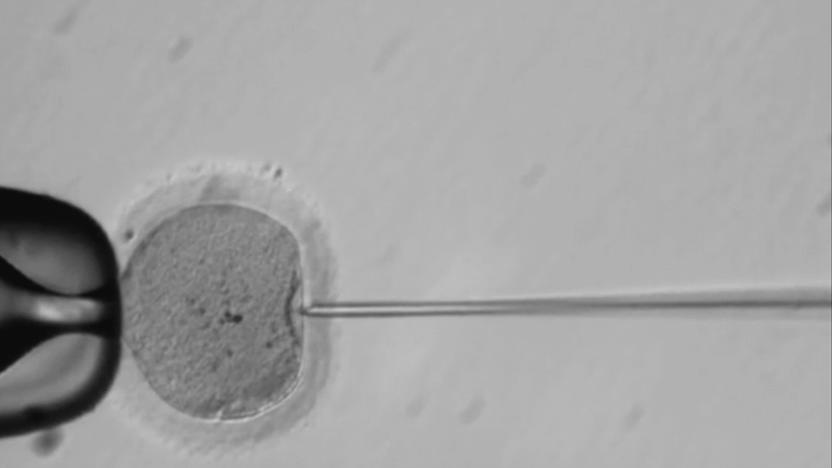
US scientists have genetically modified human embryos
A team of scientists from Oregon have performed the first known instance of gene editing on human embryos in the US, according to MIT's Tech Review. Shoukhrat Mitalipov from Oregon Health and Science University and his team have reportedly corrected defective genes that cause inherited diseases in "a large number of one-cell embryos" using CRISPR. Mitalipov refused to comment on the results of the project, but some of his collaborators already confirmed them to the publication.
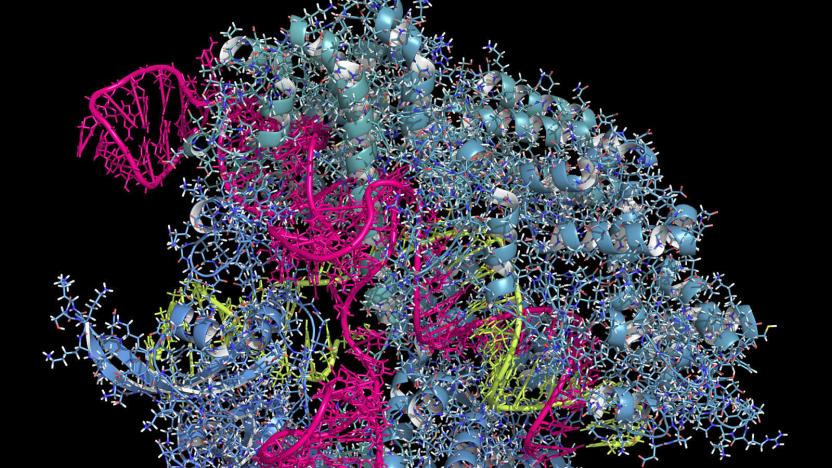
Atomic 'photos' help make gene editing safer
Believe it or not, scientists haven't had a close-up look at CRISPR gene editing. They've understood its general processes, but not the minutiae of what's going on -- and that raises the risk of unintended effects. They'll have a much better understanding going forward. Cornell and Harvard researchers have produced snapshots of the CRISPR-Cas3 gene editing subtype (not the Cas9 you normally hear about) at near atom-level resolution. They used a mix of cryo-electron microscopy and biochemistry to watch as a riboprotein complex captured DNA, priming the genes so the namesake Cas3 enzyme can start cutting. The team combined hundreds of thousands of particles into 2D averages of CRISPR's functional states (many of which haven't been seen before) and turned them into 3D projections you can see at the source link.

I bio-engineered glowing beer and it hasn’t killed me (yet)
I've been making beer for about 10 years and, in the name of fun and experimentation, I've done some weird stuff. Toss some sarsaparilla and birch bark in the pot? Why not? "Dry hop" with a box of Apple Jacks? Try and stop me. But I may have finally gone a bit too far, when I genetically engineered a beer to glow green. All right, so how did I do it? With a technology called CRISPR, which is pretty much the belle of the science ball right now. CRISPR stands for "clustered regularly interspaced short palindromic repeats" and it essentially lets you snip out bits of DNA and replace them with whatever you want. It actually relies on a basic feature of bacterial immune systems.

Synthego aims to simplify CRISPR editing for genetic researchers
You've probably heard a lot about CRISPR, the gene editing technique that's already being used in experimental therapies for things like sickle cell disease and cystic fibrosis. It's something plenty of researchers are jumping on already, but Synthego is hoping to get even more people into CRISPR with its online toolkit. It lets you search across more than 100,000 genomes, covering over 9,000 species, to validate their CRISPR designs and order the appropriate RNA to chop out their desired genes.
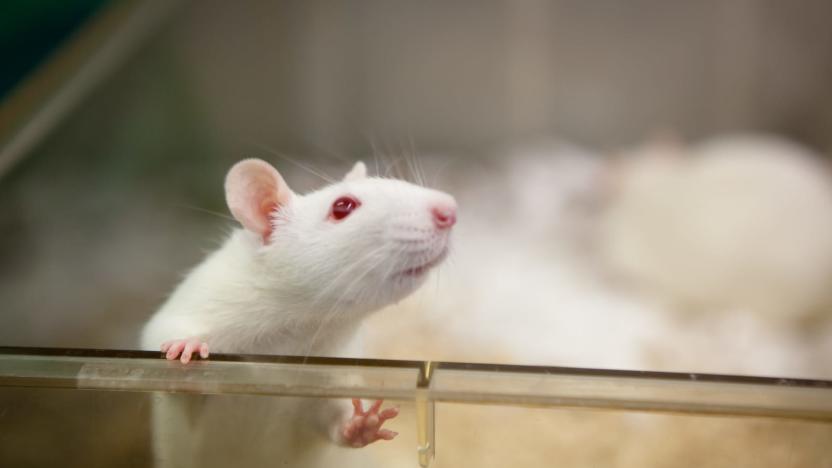
Scientists use gene editing to eliminate HIV DNA in live mice
A team of scientists have snipped away HIV DNA from the genome of live mice using a CRISPR system, and the rodents lived to (kinda) tell the tale. It's still much too early to call the method a possible cure, but the fact that it worked on a living animal opens up a lot of possibilities. Will it work on other diseases, like cancer? Maybe, but that's something scientists have to look into. These researchers headed by neurovirologist Kamel Khalili have been focusing on the use of the gene-editing technique to eliminate HIV for years. They successfully excised HIV DNA in live mice last year, but this round is a lot more thorough.

Gene editing could lead to a vaccine for arthritis
Right now, arthritis treatment tends to be an all-or-nothing proposition: the drugs you take affect your entire body, causing havoc with your immune system and leaving you prone to infections. But how do you narrow the treatment to just those areas where you feel pain? Genetics, apparently. Researchers have used CRISPR gene editing to turn stem cells into cartilage that releases a biological anti-inflammatory drug when they encounter inflammation. It not only limits treatment to the affected area, but responds only when there's a pain flare. You only get relief when you need it.
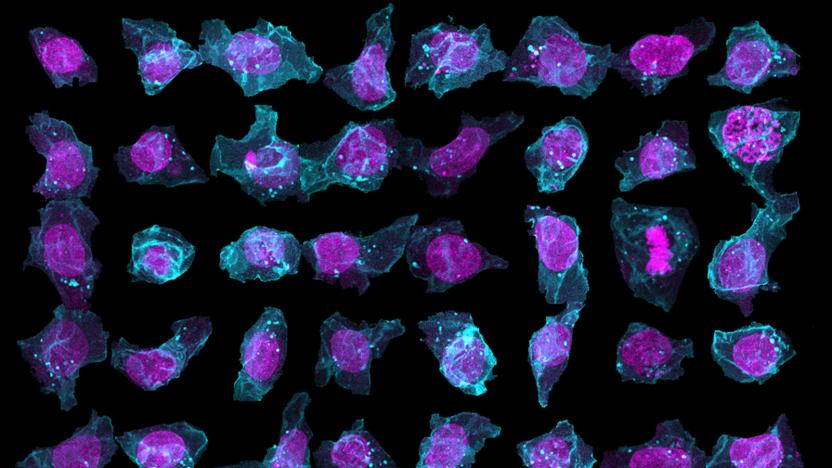
AI predicts the layout of human stem cells
The structures of stem cells can vary wildly, even if they're genetically identical -- and that could be critical to predicting the onset of diseases like cancer. But how do you know what a stem cell will look like until it's already formed? That's where the Allen Institute wants to help: it's launching an online database, the Allen Cell Explorer, where deep learning AI predicts the layout of human stem cells. You only need a pair of identifying structures, like the position of the nucleus, to fill out the rest of the cell's innards.

National Academy of Sciences endorses embryonic engineering
The next generation of humans may well be genetically modified. The National Academy of Sciences on Tuesday issued a 216-page report endorsing human germline modification in the future, but only in certain cases that would otherwise result in children being born with serious genetic diseases.

CRISPR, 'binge-watch' and 'botnet' are now in the dictionary
The vocabulary experts who decide which terms get added to the Merriam-Webster's Dictionary are at it again. Today, over 1,000 new words made the cut from fields like science, tech, medicine pop culture, sports and more. Among the new additions are CRISPR, botnet and binge-watch alongside microbiome, truther, SCOTUS and FLOTUS. Other notable new entries include Seussian -- of, relating to, or suggestive of the works of Dr. Seuss -- and the technical term for the inability to recognize faces: prosopagnosia. Merriam-Webster doesn't publish the full list of new additions, but you can take a brief survey via the source link below.
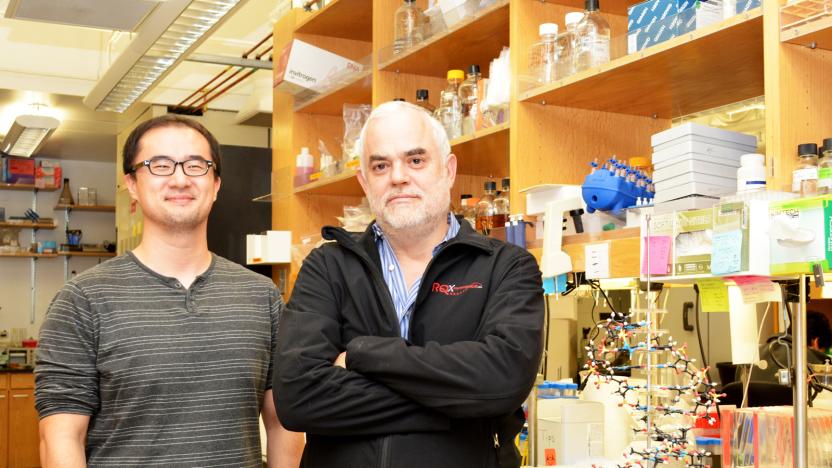
Scientists make a viable semi-synthetic organism
Scientists at the Scripps Research Institute have already created organisms with synthetic DNA letters, but they weren't ready for the real world when they couldn't even keep the artificial base pair in their genetic code. However, the team has made a lot of progress since then: they've produced the first stable semi-synthetic organism. The bacteria now holds on to its human-created X and Y bases while it grows and divides, much like the natural A, C, G and T bases. The key, researchers say, was to tweak existing techniques.

Scientists design the next-gen CRISPR for gene editing
CRISPR is already effective enough to be used in experimental therapies for leukemia, cystic fibrosis, sickle cell disease and other conditions. But a team of scientists from Western University have created an even more effective version of CRISPR by adding an engineered enzyme called TevCas9. The current version of CRISPR uses an enzyme known as Cas9 to cut DNA segments, such as the specific parts that cause genetic disorders. Western's scientists created TevCas9 by combining Cas9 with another enzyme called I-Tevl.
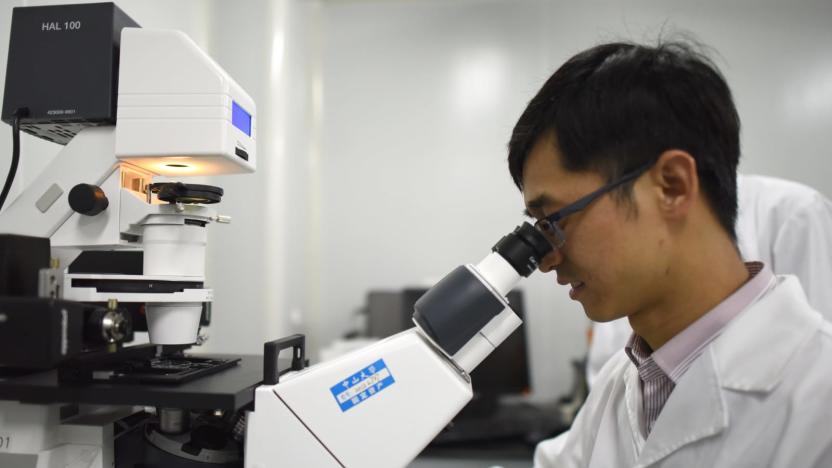
China completes first human trial with CRISPR-edited genes
As predicted, it happened: On October 28th, Chinese oncologists at Sichuan University were the first in the world to insert CRISPR-modified cells into a patient suffering from an aggressive form of lung cancer, according to Nature. The journal reports that this first round of treatment in a safety trial went well enough to warrant a second injection of the Cas9-edited cells, and that nine more people will undergo the treatments in the future. From there, the patients will be monitored for at least six months, if not longer, to "determine whether the injections are causing serious adverse effects."

Stanford develops CRISPR-based therapy for sickle cell disease
A team of Stanford scientists are making great progress in their search for a cure for sickle cell disease, and they want to start human trials as soon as 2018. They used CRISPR to fix the mutated gene that causes the illness in human stem cells taken from actual patients. The CRISPR technique gave them a way to carve out the faulty part of the gene and replace it with the normal DNA sequence that was supposed to be there in the first place. That prevents previously affected red blood cells from transforming into tiny sickles that have the tendency to clog blood vessels and cause organ damage.
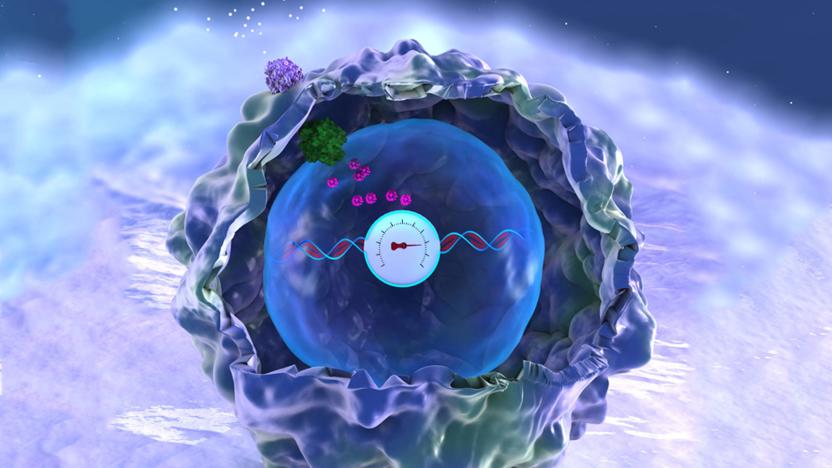
Gene editing records 'memories' in human DNA
Scientists have been recording data in DNA for a while, but it has usually involved bacteria and other simple organisms. MIT, however, just took a big leap forward. Its researchers have used the CRISPR gene editing technique to record histories in human cell DNA for the first time. They've crafted a gene circuit that only expresses an enzyme when it's near a key immune cell molecule, building up mutations the more it's exposed to that molecule. All you have to do to extract "memories" is to sequence those genes. They'll tell you whether or not there was a lot of inflammation, for instance.
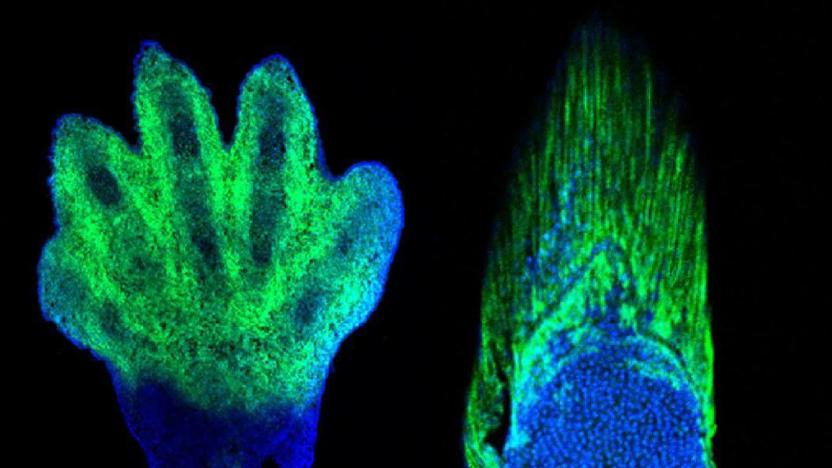
Gene editing helps spot evolutionary link between fins and hands
Gene editing technology isn't just useful for curing the world's ills, it seems. University of Chicago scientists have used the CRISPR technique to discover a key evolutionary connection between fins and hands. Researchers edited fin-related zebrafish genes to make the appropriate cells glow as they develop, and discovered that there's a similar glow in a mouse's digits. In other words, there's a strong similarity in the genes governing fins and digits -- they're both telling embryonic cells to show up at the end of an appendage.
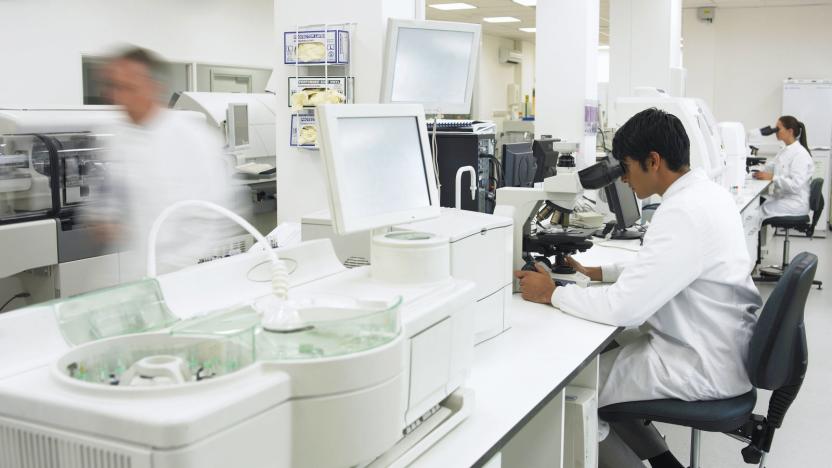
Chinese scientists will soon begin the first CRISPR human trial
American regulators already approved a University of Pennsylvania team's plans to conduct a CRISPR trial on humans, but a group of Chinese scientists will beat them to the punch. The Chinese team from the Sichuan University's West China Hospital in Chengdu will begin testing the efficacy of modified cells for lung cancer treatment in August. They chose patients who still haven't gotten well even after undergoing chemotherapy, radiation therapy and other treatments.

I played God with The Odin's DIY CRISPR Kit
Twenty-three years after its cinematic debut, I finally understand where Alec Baldwin was coming from in the 1993 psychological thriller Malice. The power to bring life where once there was none is a potent drug. I was recently afforded the opportunity to create a new kind of bacterial life thanks to the DIY Bacterial CRISPR Kit from Bio-Hacking collective The Odin. I honestly haven't had this much fun doing science since AP Chem.








